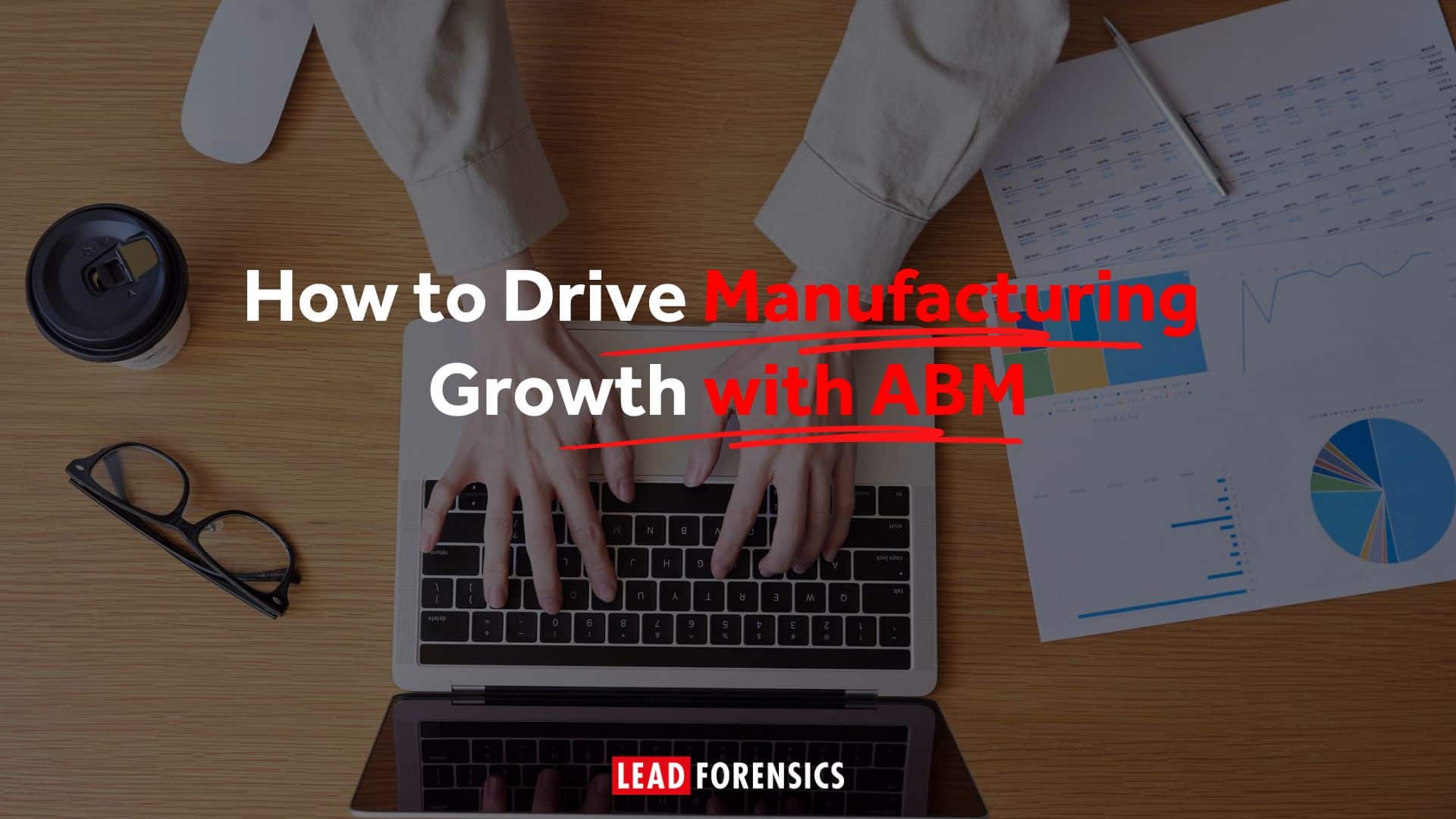Giulio Segantini is the founder of Underdog Sales and has coached over 420 sales professionals. Also known as The Weirdest Sales Trainer, he boasts nearly 250,000 followers on social media.
Giulio shared his straight-talking strategies for pipeline growth in today’s market in a recent webinar, which you can also replay now.
1. Cold Calling Isn’t Dead; It’s Evolving
Cold calling is very much alive, but the old “spray and pray” method is history, Guilio warned.
In today’s landscape, simply dialing down a random list is ineffective and inefficient. Prospects are harder to reach and less tolerant of generic pitches than they were a decade ago.
That means cold calls must now be smarter, more targeted, and value-driven. Instead of measuring success by dials alone, leaders need to focus on call quality. Your SDRs must know why they’re calling each prospect and how your solution genuinely aligns with that prospect’s business.
By researching and prioritizing ideal-fit accounts, an SDR’s calls can feel less “cold” and more like relevant business conversations.
“Humans will always want to speak to humans,” he said. “If you’re an SDR, you should work on developing human conversational skills as much as possible. The ability to counter objections and ask the right questions will never go away, so that’s what people should be focusing on.”
2. Arm Your Team With Tools to Work Smarter
During the webinar, Guilio discussed how a key part of building pipeline is leveraging technology to eliminate grunt work.
Smart sales teams are already embracing AI and automation to optimize their outreach. That means using tools for tasks like dialing, data sourcing, and pre-call research, so SDRs spend more time actually connecting with prospects and less time on tedious prep.
Outdated, poorly targeted data is a pipeline killer, and no amount of effort will convert leads that were never a fit to begin with.
But this can be countered with the right data and tools, from up-to-date contact databases to auto-dialers and sequencing software. Equipping your team with these resources is an investment that pays off in efficiency and results.
“These days, the AI and tech is really built around how can we cut all the BS tasks,” Giulio added, encouraging reps to adopt tools that simplify their workflow. “Invest in some of these tools… Buy data, buy a dialer. Get yourself those things that will make your life a little bit simpler
3. Prioritize Intent Signals to Turn Cold Leads Warm
One of the most impactful pipeline boosters is focusing on high-intent prospects, Guilio explained.
Rather than calling completely cold, modern SDRs should prioritize leads demonstrating interest or need, because these warm signals are gold. For example, focus on those who have engaged with your website, content, or ads.
That’s because when a prospect has shown buying intent, even if it’s indirect, your outreach will be far more welcome and effective.
Look for intent data and buyer “triggers, such as a prospect visiting your pricing page, a company hiring a new sales leader, or industry news indicating a pain point. This context lets your team strike while the iron is hot.
“If someone is visiting my website, if someone is expressing a specific signal of something, there’s a higher chance they’re going to convert,” Guilio said. “For example, I don’t really do much of warm calling, but if you send me a connection request on LinkedIn, and you’re an ICP, I don’t accept until I until I’ve spoken to you.”
4. Embrace a Multi-Channel Outreach Strategy
In the era of information overload, sticking to one outreach channel is a recipe for missed opportunities. Buyers have diverse communication preferences: some respond to phone calls, others to email, LinkedIn messages, or even SMS and video.
That’s why the modern SDR playbook is firmly multichannel.
Giulio stressed that top performers don’t put all their pipeline-building hopes in one tactic; they orchestrate several touches across different media to break through. For instance, an SDR might start with a phone call, leave a voicemail, then immediately send an email and a LinkedIn connection request – all within a few minutes – to maximize the chance of getting noticed.
This kind of coordinated approach builds familiarity (“Oh, I recognize this name!”) even if the prospect didn’t pick up the phone the first time.
“You have to reach people in as many different possible ways to get them bought into what you’re trying to sell,” he said.
5. Make It Personal and Tailor Your Pitch to the Buyer
No matter what the channel, personalization is the differentiator between outreach that resonates and outreach that gets ignored. And today’s buyers can smell a templated sales pitch a mile away.
Guilio urges SDRs to do their homework and craft messages around what matters to the prospect, not just what you’re selling.
That could mean referencing a prospect’s specific role or industry challenges, or opening a call with a quirky, humorous hook that shows you’re not just another script-reading telemarketer. His own best-performing cold call opener is: “Hey, this is a sales call… but it’s a well-researched one.”
The goal is to demonstrate relevance in seconds and pique curiosity by speaking to the buyer’s situation.
Remember, as Giulio highlighted, “Every person’s favorite topic is themselves… yet most of the pitches are about the salesperson.”
You could try these opening lines for inspiration:
- “I’m specifically calling you because you’re on the list of 17 VP of sales that I would like to work with this year. Can you help me understand if it’s relevant?”
- “I notice you’re expanding your sales team, and I have some ideas on how to ramp new reps faster.”
6. Persistence Pays: Nurture Relationships and Follow Up
Building a robust pipeline isn’t just about new leads; it’s about staying on the radar until prospects are ready.
Persistence and effective follow-up separate great SDRs from average ones. As Guilio observed, top performers excel at polite persistence: they find ways to keep the conversation alive over weeks or months, adding value each time, until the prospect’s need becomes urgent.
In fact, he noted that many star SDRs generate 30–50% of their pipeline from follow-up calls and repeated touches, not initial outreach.
“The first few months as an SDR are hard because booking on the first call isn’t easy… If it’s not relevant now, you keep chasing them and eventually it will be relevant and then you catch them in the right window,” Giulio said.
7. Continuously Sharpen Your SDR Playbook
Sustaining a strong pipeline requires ongoing improvement, both at the individual rep level and for your sales org as a whole.
That’s because the market is always changing, and so are buyer behaviors. And what worked last year might falter next year.
Guilio echoed Stephen Covey’s famous advice of “sharpen the saw,” encouraging SDRs and leaders alike to regularly refine their approach. Analyze your team’s outreach data and results, and ask yourself: Where are prospects dropping off? Which email templates are underperforming? Are there new tools or training that could boost conversion rates?
Then, be willing to adapt.
“Relook at how you do things,” Giulio urged, suggesting a systematic self-review for SDRs and teams. “If things haven’t worked out, figure out what hasn’t and improve it… focus on the one thing, improve it… eventually you’re going to get to a very highly functioning sales process.”
Bonus Tip: Turn Anonymous Website Visitors into Warm Leads with Lead Forensics
Lead Forensics helps your SDRs focus on the prospects who are already showing intent. By identifying the businesses visiting your website, and revealing exactly which pages they’ve viewed, your team gets instant access to warm leads with valuable context for more relevant, high-converting outreach.
Book a demo and discover the warm leads already on your website.









